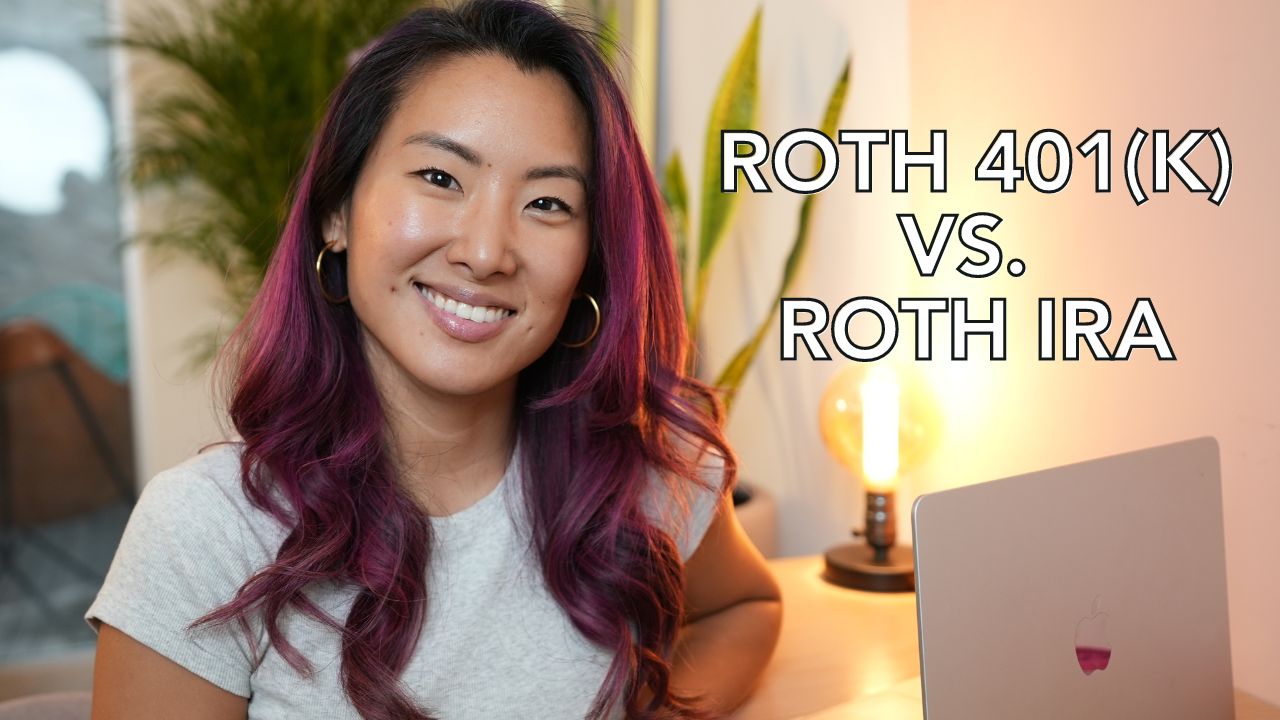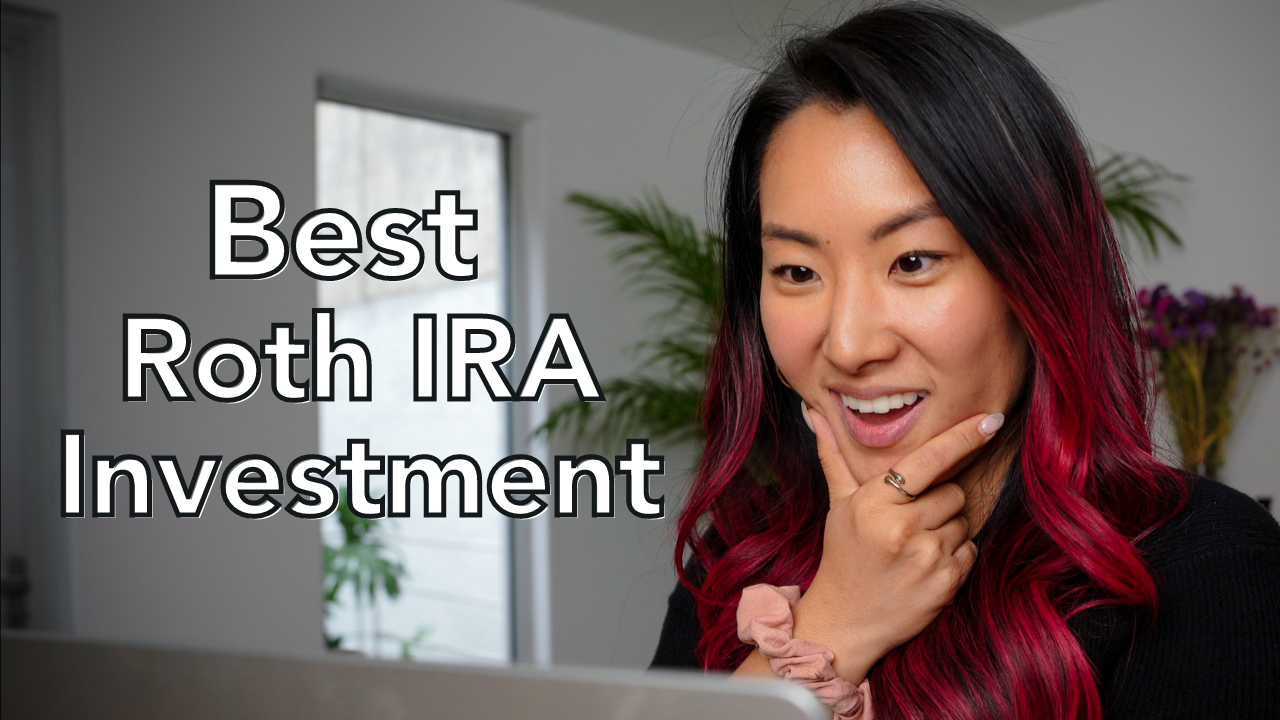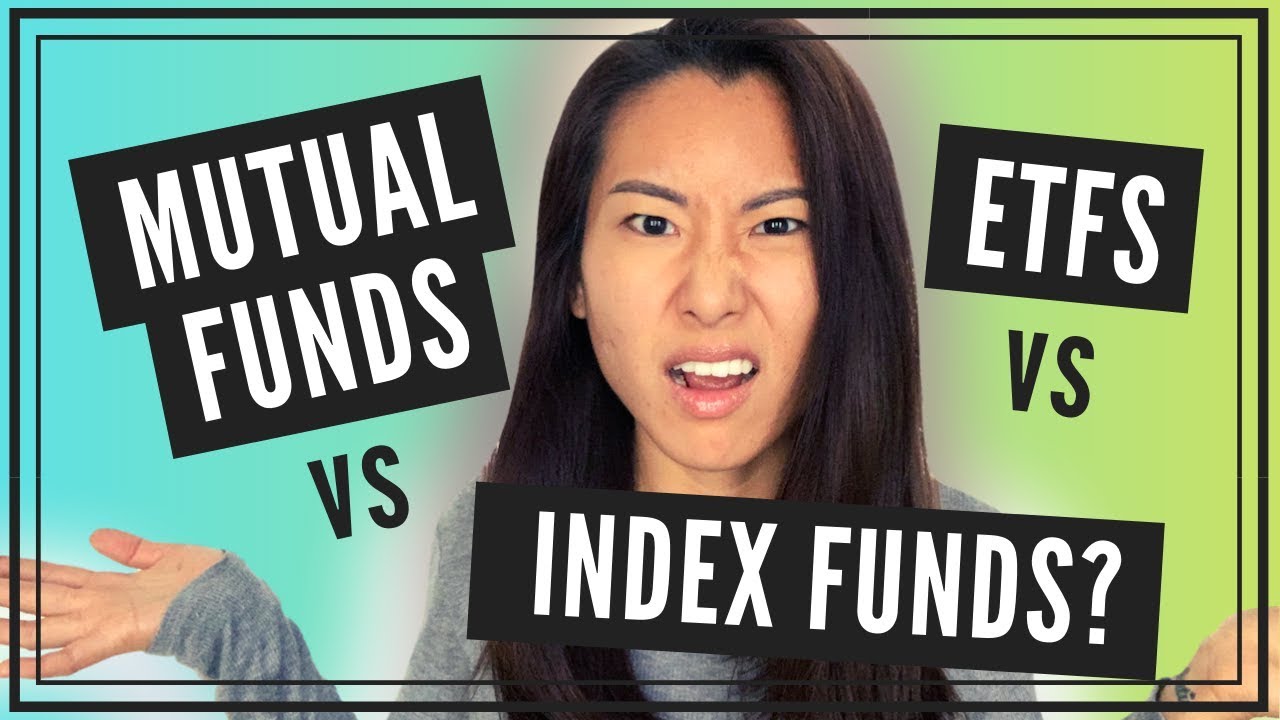Fidelity index funds are cheap, but now with their new ZERO expense ratio funds, you can invest in Fidelity index funds for FREE.
But are they really free, or is there a catch? That’s exactly what we’re gonna talk about in this blog.
Not too long ago, I posted an article about Fidelity index funds. In that article, I talked about what criteria you need to look for when picking index funds, I talked about the 6 specific Fidelity index funds that I used to build my portfolio, and I also showed you how to buy them and in what amounts.
Then, literally right after I published that article, I found out that Fidelity announced a brand new set of index funds called Fidelity ZERO funds. Each of these charges a 0% annual fee when you invest in the fund.
So in today’s topic:
- I’m going to show you how to build an investment portfolio using Fidelity ZERO funds,
- And I’ll also talk about the pros and cons of using Fidelity ZERO funds vs their other funds. There’s a lot of skeptics out there saying that the ZERO funds are just a marketing gimmick and not a good investment, so I decided to do some digging and found some pretty interesting stuff.
So if you’re interested in learning how to build your own diversified investment portfolio of low-cost (or better yet… free) index funds with Fidelity, then keep reading.
How to build your portfolio with Fidelity ZERO funds
In my original blog about Fidelity index funds, I talked about asset allocation – in other words – what % of stocks vs bonds you want in your portfolio. For example, if you have $10k of investments and $5k of that is in stock funds, and $5k is in bond funds, then your asset allocation is 50% stocks / 50% bonds.
Asset allocation is THE number one decision you need to make before you buy ANY index fund. For example, do you want to have 100% stock allocation, or do you want to have 70% in stocks and the rest in bonds?
Generally, the longer your time horizon, the more you want to have in stocks because you have more time to let the stock market’s long-term historical average return of 9% to play out. You also have plenty of time for your money to recover from any market downturns, as long as you’re not retiring or need the money anytime soon.
Now, asset allocation is an important topic that warrants a much deeper dive. However, I don’t want to repeat myself too much in this article, so you can either check out the other blog that I mentioned or download this free PDF cheatsheet. It has some quick tips and pie charts of recommended asset allocations, as well as a list of the Fidelity index funds you can use to build those allocations.
So how do you create a portfolio using Fidelity’s ZERO funds? Let’s say you want a basic split between stocks and bonds, say 70% stocks and 30%. Fidelity has 4 ZERO funds:
- Fidelity® ZERO Large Cap Index Fund (FNILX): This means you’re investing in the 500 largest companies in the U.S. This is essentially an S&P 500 fund, but Fidelity doesn’t call it that because they’d have to pay expensive licensing funds to use the S&P 500 name.
- Fidelity® ZERO Extended Market Index Fund (FZIPX): This means you’re investing in the 2500 largest companies in the U.S., minus the 500 that were in the previous fund. So it’s the next 2000 by size and contains mid- to small-cap stocks.
- Fidelity® ZERO Total Market Index Fund (FZROX): is basically the first two funds combined: it has 2500 stocks ranging from the small-cap, mid-cap, to large-cap.
- Fidelity® ZERO International Index Fund (FZILX): which means you’re investing in stocks all over the world minus the U.S., from 47 different countries ranging from developed countries like Japan, France, and Australia, to emerging market countries like Brazil, China, and India.
So as you can see, knowing that you want 70% in stocks, 30% in bonds is a great start, but you need to get more specific: What kind of stocks? Domestic stocks? International stocks? Small-cap stocks, large-cap stocks, or both?
As you can see, you can really go down a rabbit hole with this. Here’s my take on this. If you’re looking at index funds, you’re going for diversification. Rather than trying to be the next Warren Buffett and pick the best stocks, you’re just looking for safety in numbers. So I say if you’re going the diversification route, go all the way.
That’s why if I were you, I’d do a combination of the Fidelity ZERO Total Market Index Fund and the International Index Fund for your 70% allocation to stocks. That way, you’re invested in stocks of all sizes, from all countries.
Ok… not ALL countries. Like not… Botswana.
For example, if you invested in just the Fidelity ZERO Large Cap Index Fund, then you’re cutting off the whole universe of U.S. stocks that aren’t considered “large-cap”. If you compare the performance of small caps stocks to large-cap stocks over the last 20 years, you’ll see that small caps have majorly outperformed large caps. Small caps gained a total of 261%, while large caps gained a total of 182%. Big difference.
However, if you compare the performance of small caps stocks to large-cap stocks over the last year, small caps gained almost nothing, while large caps gained over 9%.
So it’s a mixed bag, although small caps grow faster than large caps over the long-term, you get a lot of noise in the short-term. It’s the same with domestic vs international stocks. Over the last 10 years, the U.S. stock market has been on a major winning streak compared to international stocks. But that trend isn’t going to continue forever, and there’s plenty of times in history when it was the other way around.
That’s why it’s generally not a good idea to invest in only select segments of the stock market – for example only in U.S.stocks, or only in small caps. Unless you have a specific view on the economy and you have a well-informed opinion on something, it’s best to just diversify as much as possible.
So if I were you, I’d lean towards investing in the Fidelity ZERO Total Market Index Fund, or FZROX and the Fidelity ZERO International Index Fund. That way, you don’t have to worry about timing the market correctly
Pros and cons of Fidelity ZERO funds
Now let’s talk about the pros and cons of Fidelity ZERO funds compared to Fidelity’s non-zero funds.
Pro– It goes without saying that one of the biggest pros is that they’re FREE! I’m 99% sure that the ZERO funds are a loss-leader for Fidelity, but they do it in the hopes that it’ll attract more business to their other products, and therefore generate more profits for them down the line.
The second pro is that if you currently have a portfolio of paid index funds, you can literally replicate an almost identical portfolio with Fidelity’s free index funds. For example, investing in FZROX would be equivalent to investing in FSKAX, which charges 0.015%.
0.015% is already dirt cheap, so the cost savings with Fidelity ZERO funds aren’t THAT huge. But still, it is free.
Cons– here’s where it gets interesting.
When choosing your index funds, the expense ratio is definitely one of the MOST important factors to consider. But something else that’s often overlooked is the tracking error. Tracking error is the difference between the index fund’s returns and the benchmark index it was designed to copy.
All index funds have tracking error, but the legit ones have long histories of minimal tracking error. But because Fidelity ZERO funds are so new, it still remains to be seen whether they’ll be able to track the index as closely as they should. Since inception, FZROX had a tracking error of 0.03% – so minuscule. But FNILX has a tracking error of 0.09% – so a little bigger. Fortunately, the tracking error was on the positive side, meaning that the fund’s return was slightly higher than the return of the index. If for whatever reason, next year the ZERO fund underperforms the index, then even though the fund is “free”, you’d lose out due to the tracking error.
The other con is that all the Fidelity ZERO funds are stock funds. So if you wanted to balance out your portfolio with bonds, there isn’t a ZERO fund for that – you’d have to buy one of their paid funds.





